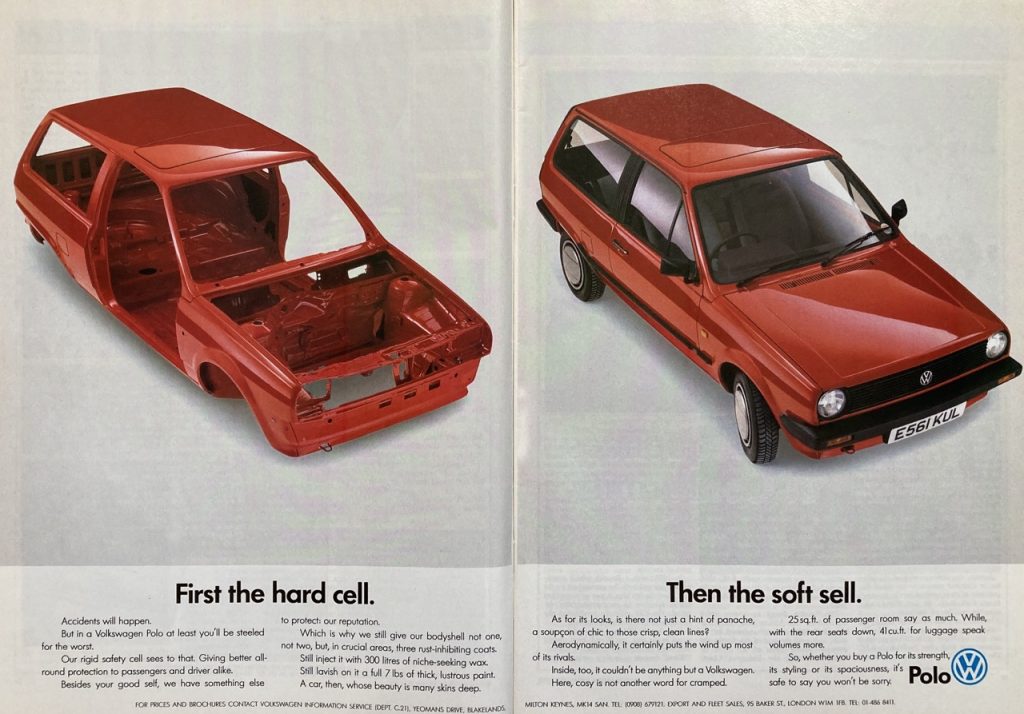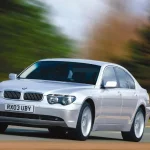Brand perception is a hell of a thing. Among a certain proportion of the population, the idea that “if only everything in life was as reliable as a Volkswagen”, as the ads for the Mk2 Golf used to go, is still gospel; ask the average punter in the street whether a Golf will take them to the moon and back and they’d probably respond in the affirmative.
Venture onto the internet though (we know, you’ve been warned) and owners will paint a different picture, one where the most reliable thing about a Volkswagen is the chance you’ll see a check engine light each morning, and stories of maintenance costs on some of the brand’s more ambitious models over the years are enough to brighten the day of Maserati owners.

The reality is that both are true, at least, depending on the model you’re looking at, and the era it hails from. The image of 1980s Volkswagens, for instance, is nearly unshakeable, even among the very cheapest cars the brand offered. It wasn’t just reflected glory, but a shared engineering ethos that made even VW’s most affordable models as solid, well-engineered and, well, dependable as its most expensive.
Take this advert for the Polo for instance. Expectations of safety were different in the 1980s but even considering improvements in the field had made Eighties superminis better than their predecessors, only the bold would lead an advert with the idea their smallest car could protect you in a crunch.

Still, years before those ‘small but tough’ adverts of the 2000s, which had clever themes like police officers in an armed standoff hiding behind a Polo rather than their patrol cars, here was VW (or to be more accurate, its ad agency DDB) stripping the Polo bare, to show you how tough it was.
The styling has always been up for greater debate. One of a number of cars over the years nicknamed the ‘breadvan’ for its upright rear quarters (others that spring to mind include the Alfa Romeo 145, EP3-generation Honda Civic of the 2000s, and er… a racing variant of the Ferrari 250 GT), the three-door Polo has always looked a little goofy. It’s an endearing goofy though, like some of the more ridiculous-looking breeds of dog, and only these breadvan models got the styling flair of that slash-cut rear arch – the three-door ‘coupe’ and two-door saloon got a regular old curved arch.
Reviews were only ever lukewarm, usually praising the Polo’s practicality, lively performance (by early 1980s standards at least), and yes, its build quality, but less so by ride and handling that couldn’t quite match those of French competitors nor the Austin Metro which emerged around the same time, and by the middle of the decade it really struggled against the likes of the Peugeot 205 and Fiat Uno. For its practicality, the Polo also lost out in utility, as more and more rivals offered five-door variants.
And yet the Polo’s ironclad image persisted well after the car itself had become old-hat and suffered little as it handed over the baton to the third-generation Polo in 1994. Buyers of today’s Polo may not even know the breadvan-style second-generation car existed, but they still benefit from its reputation as a safe and solid small car.









